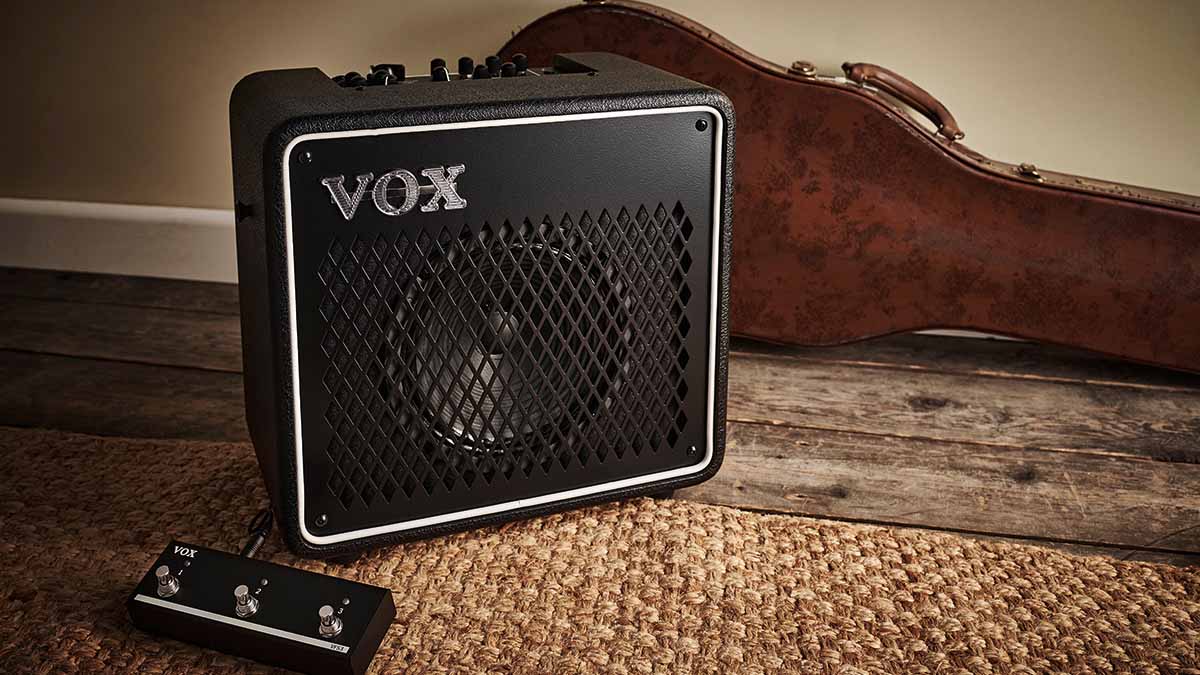MusicRadar Verdict
Packed with fun yet practical features, the Mini Go series is an example of digital technology making the guitar amplifier a mobile technology. Buskers will love it, but so too will those looking for a number of quality sounds in a compact format to kit out their practice space.
Pros
- +
Convincing amp models.
- +
The effects are good quality.
- +
Rhythm machine makes practising less dull.
- +
Compact, portable, with everything the busker needs.
- +
Great value.
Cons
- -
Footswitch sold separately.
- -
Looper is excellent, if only we had a full 60 seconds.
- -
Drum sounds aren't as top-notch as the amp models.
MusicRadar's got your back
What is it?
Vox made its name supplying guitar amps to the British Invasion. In a word association game, it isn’t long before ‘chime’ will be brought up in reference to the harmonically rich tube amp sounds of its AC models.
But this is the 21st century, the era of digital amplifiers and amp modellers, and Vox has always prided itself in keeping pace with the evolution of guitar amplification. Back in the day, as in the earlier years of modelling technology, the British amp brand incorporated REMS technology developed by parent company Korg in its lineup of Valvetronix amps and pedals.
This modelling engine has since evolved, and it goes by the name of Virtual Element Technology or VET for short. If you are lucky enough to have played through a Cambridge50, then you’ll have a fair idea of how convincing this is in practice. You can read MusicRadar’s review of this impressive digital combo here.
Of course, one of the benefits of this digital technology is that it can be applied in all manner of ways, and in all manner of formats, and the Vox Mini Go series sees it integrated into a trio of super-portable digital combos that will pique the interest of any self-respecting street performer.
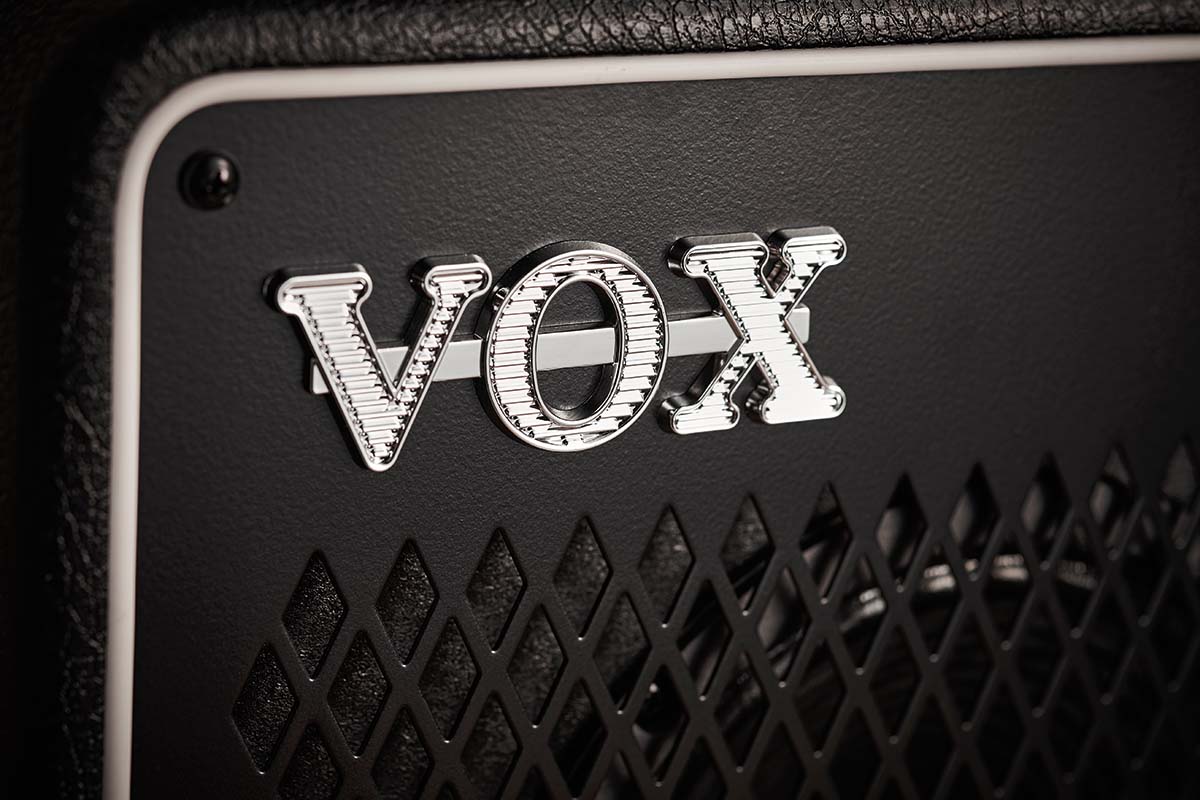
Today’s review focuses on the Mini Go 50, which as the largest in the series has the most features, but there are range comprises the Mini Go 10, which has a 6.5” speaker and 10W, and the Mini Go 3, which really is a little cutie, with a 5” driver and a modest 3W output. The beauty of these is that you can take them anywhere.
And that goes for the Mini Go 50, too, which has 50W under the hood, an 8” speaker, and weighing in at just 16lbs. All three in the series can be battery-powered – essential, of course, for buskers – and have a feature set that is designed to support the solo performer.
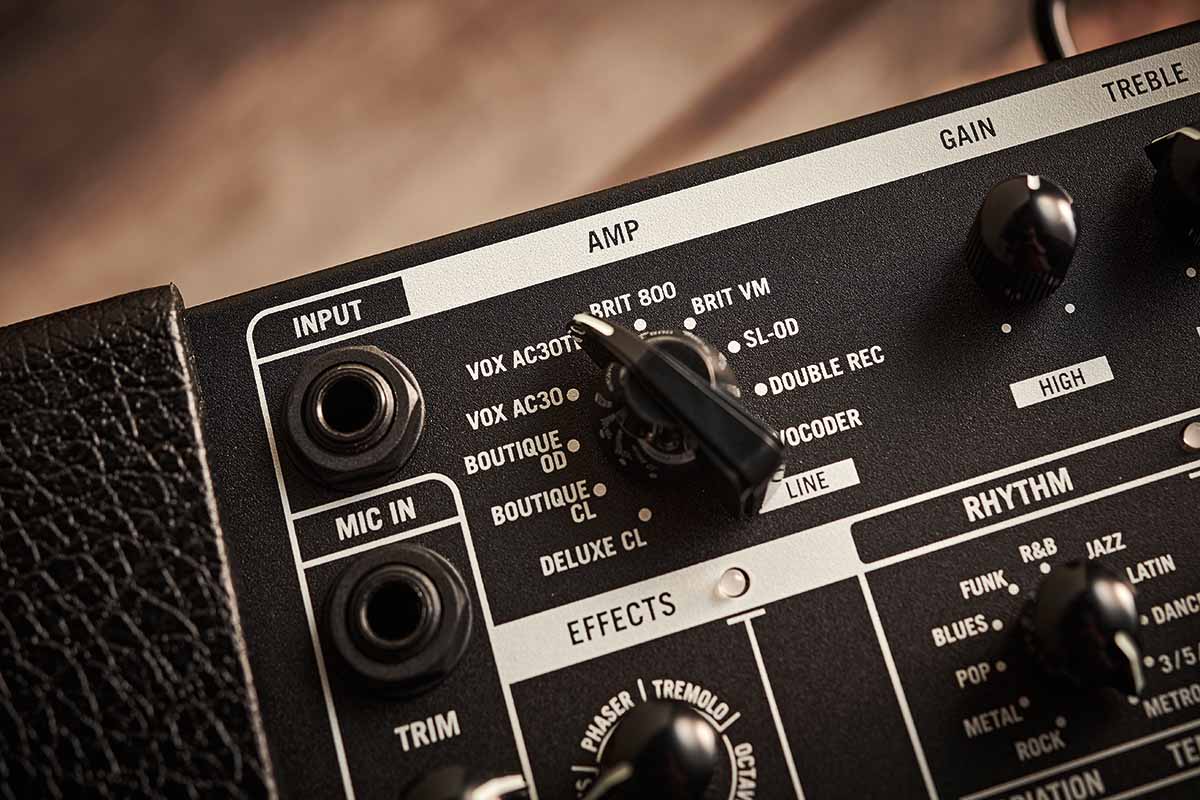
The Mini Go 50 has an onboard looper (essential) and a rhythm machine (desirable), and can offer you sparkling cleans right through to saturated metal tones, with the level of articulated chug restrained only by the combo’s modest proportions.
Think of it as an 11-channel amplifier that complements these amp models with eight onboard effects. You’ve got a very chorus, phaser, a vintage-voiced tremolo and an octaver effect that can be turned into a mono synth bass – ideal for if you plan on entertaining a pre-club audience. Of course, you’ve got the essentials, too, with a choice of analogue or digital delays, and spring and hall reverbs to add some space and depth to your sound.
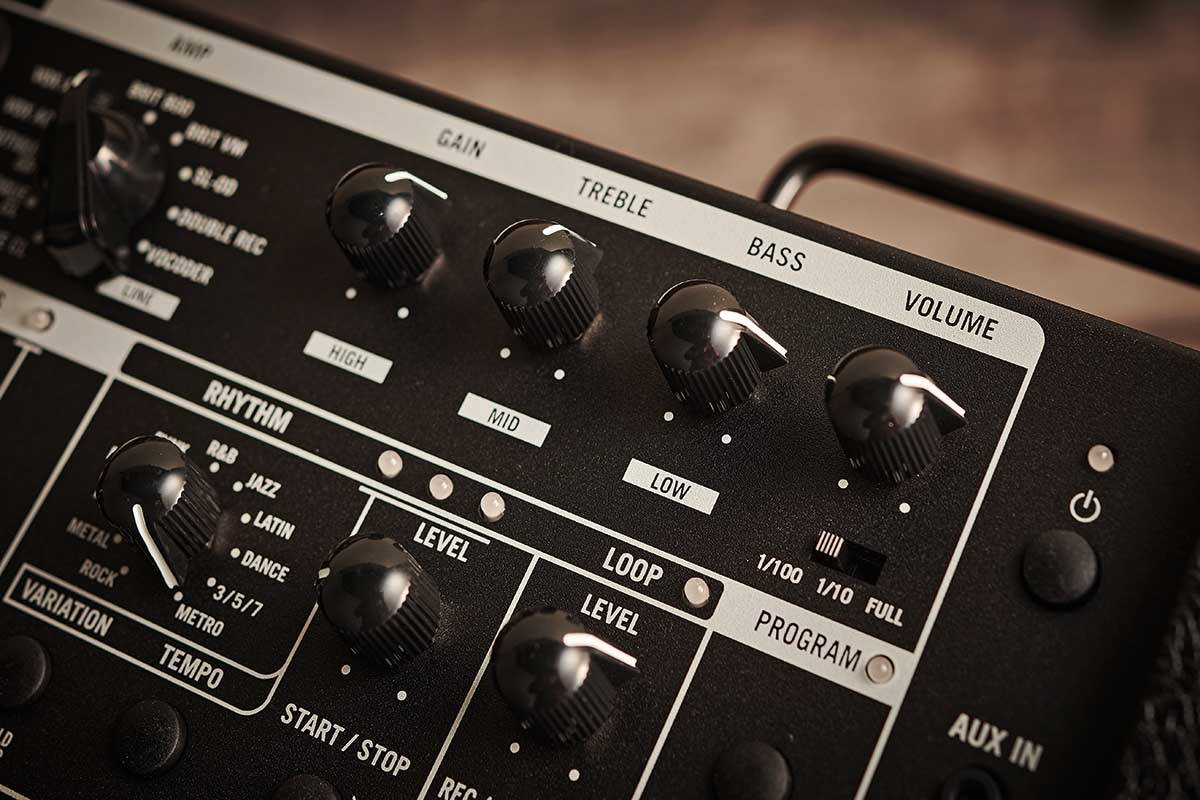
The Mini Go 50 is designed as an all-in-one busker’s amp, so you’ll find a mic input here, to which you can add some delay and reverb to your vocals. The onboard drum machine has 33 patterns covering all the usual styles, with tempos ranging from 40 to 240bpm – and we’d certainly like to see more buskers perform at 240bpm, just to liven up the high street.
The drum machine and looper can be controlled by the 3-button VFS3 footswitch, which is sold separately for £59 and can be used to assign 14 different functions. Helpfully, the looper, which has a respectable 45 seconds, will automatically quantise to the drum machine and start the loop on the beat.
The amp models are selectable via a large chickenhead rotary dial and there you will find Vox AC30 Normal and Top Boost channels for rolling the clock back with some classic chime, alongside a variety of British and US-inspired amp models. There’s also a line input to accommodate electronic keyboards or acoustic guitar.
- Our pick of the best mini amps for guitar
Performance and verdict
With the same VET digital architecture, it is no surprise to find the Mini Go 50 delivering a similarly convincing modelling performance to the superlative Cambridge50. This is important because just reading through the spec list and a look at the control panel tells you that it has a lot of features and functionality, but that only goes so far – with any amp, it’s about how good it sounds.
Is it inspiring to be able to select between classic Vox AC-tones and then American high-gain heads with the turn of one rotary dial? Absolutely. Setting aside the Mini Go 50’s appeal as a busking/performance amplifier, it also positions itself as an excellent practice amp. Indeed, it needn’t go anywhere; it’s perfect for the home.
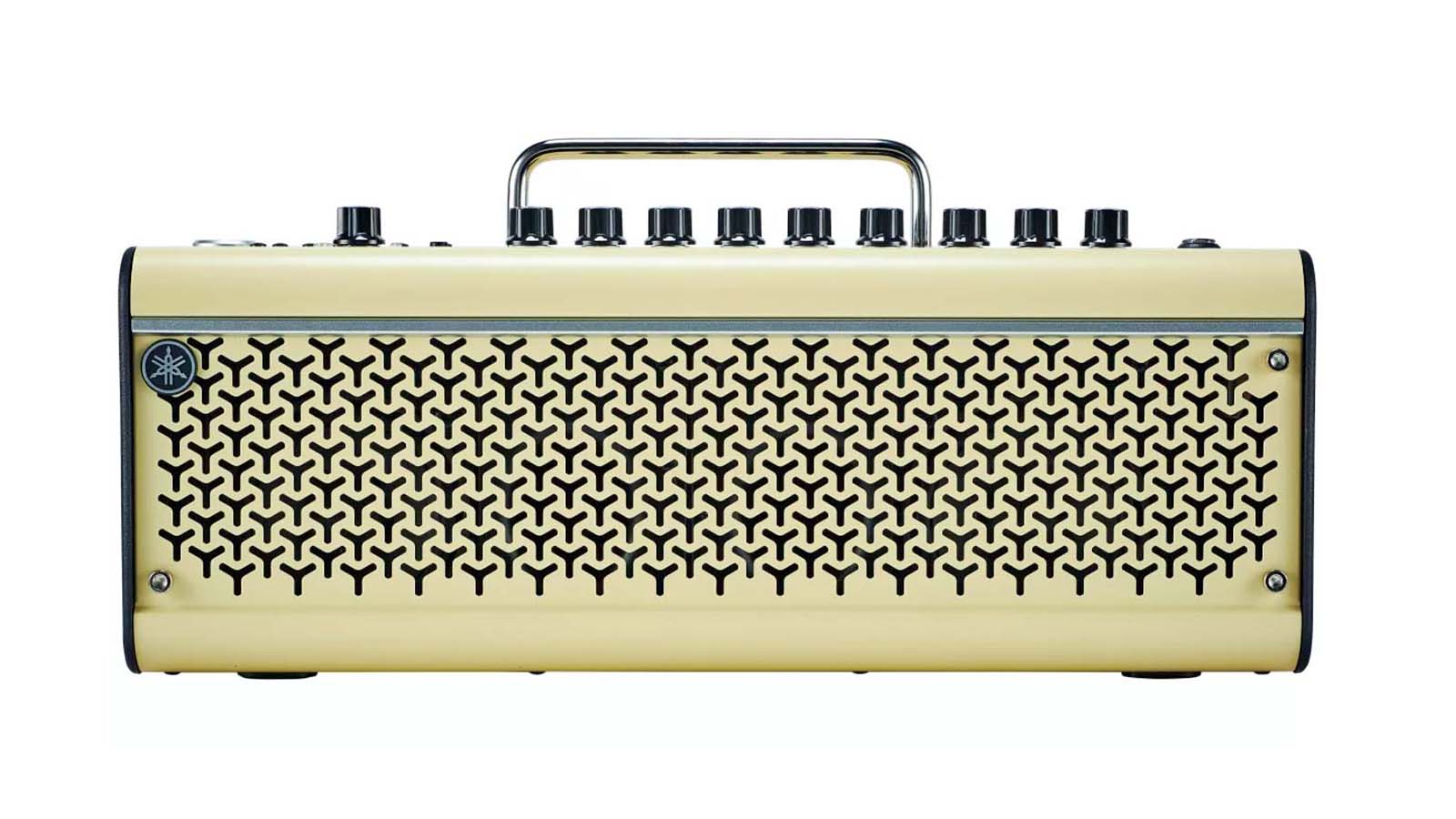
• Yamaha THR30II
The functionality adds up to a superb desktop amp for practice, recording and small gigs that builds on the quality foundations of the original THR.
• Vox Cambridge50
The Vox Cambridge50 is a tidy little combo with some outrageously charming mid-drive tones courtesy of that smart NuTube tech.
• Blackstar ID:Core V3 Stereo 40
A generous set of features, easily accessed and complemented by some incredible tones, the ID:Core V3 Stereo 40 is a top-quality practice amp for the 21st-century guitar player. Great fun, serious sounds.
The Double Rec and SL-OD models make a superb high-gain complement to the sparkle, shimmer and just flat-out Voxiness of the Vox AC30 Normal and Top Boost channels.
The control panel has a lot going on but isn’t that always the way with these super-functional digital amplifiers. When you get down to it, Vox has arranged this quite nicely, and the intimidating array of controls is less so when you get up close and see how these controls are compartmentalised.
In short, it’s easy to get started, and the three-button VFS3 footswitch makes the Mini Go 50 a powerful performance tool, with button one scrolling through your presets, button two stopping and starting the drum machine, and button three for the looper.
The line input has adequate headroom for keyboards and offers a fuss-free amp solution for your electro-acoustic. The quality of the drum machine sounds aren’t quite at the same standard as the amp models, but they nonetheless over a diverse array of rhythms that are more than fit for purpose.
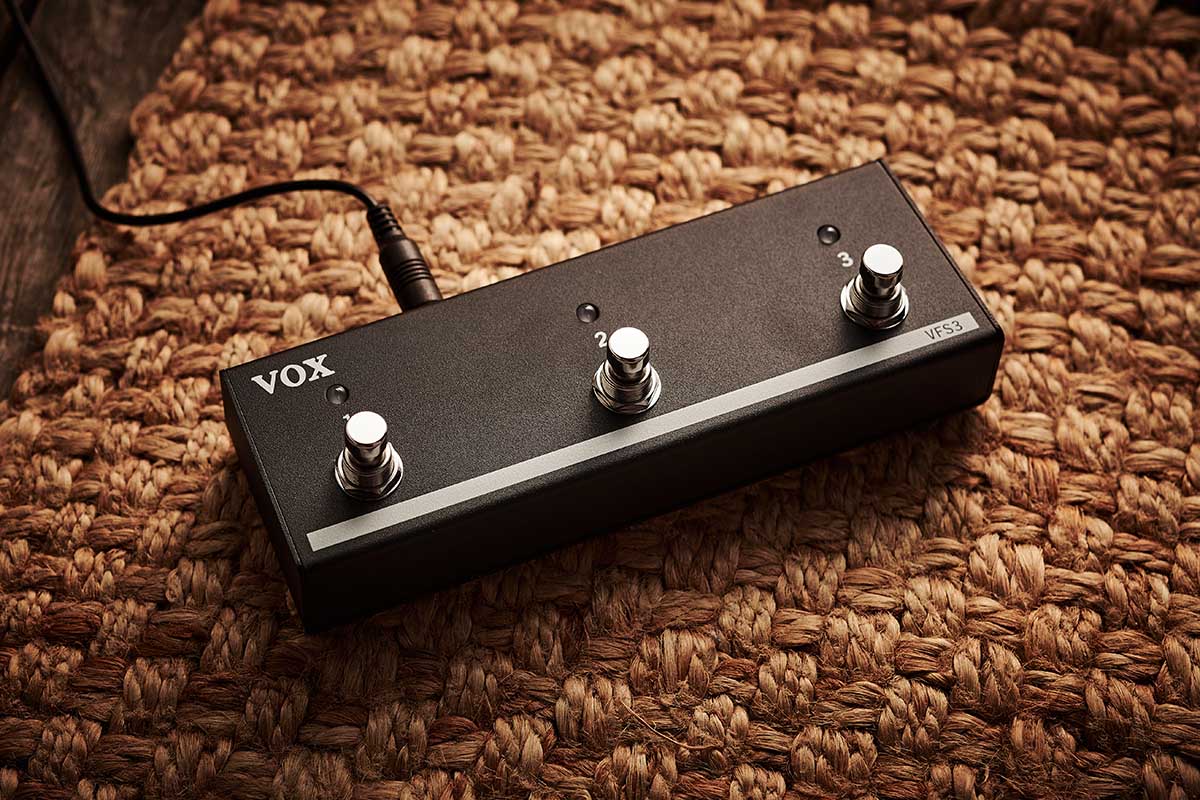
The looper is more inspiring. Forty-five seconds is not bad and the quantising between looper and drum machine makes perfect sense, with potential for solo performances but also – once more – for practice. Playing along to a synthesized drum beat is for many players – most? – more inspiring than the blip of the metronome, and with all these tones at the turn of a dial, with a range of quality effects, we are reminded once more of the potential of this amplifier as a top-tier practice solution.
But yes, you can take it out into the world with you. You can take it to the high street. Be prepared to stump up the extra cash for the footswitch, because we think you’ll need it if so, but all in all, as a tech-forward digital combo that’s still super-portable despite being the largest in its series, the Vox Mini Go 50 is hard to beat.
MusicRadar: Packed with fun yet practical features, the Mini Go series is an example of digital technology making the guitar amplifier a mobile technology. Buskers will love it, but so too will those looking for a number of quality sounds in a compact format to kit out their practice space.
The web says
"As an overall package, it’s amazing value for money. If you don’t need the preset storage or the high power output, the Mini Go 10 is equally impressive, while the Mini Go 3 does away with the looper but retains those great amp sounds and the drum machine. Whichever you choose, the Mini Go amps all come with great fun included, which is surely what it’s all about."
Guitarist
Hands-on demos
Vox
Premier Guitar
Specifications
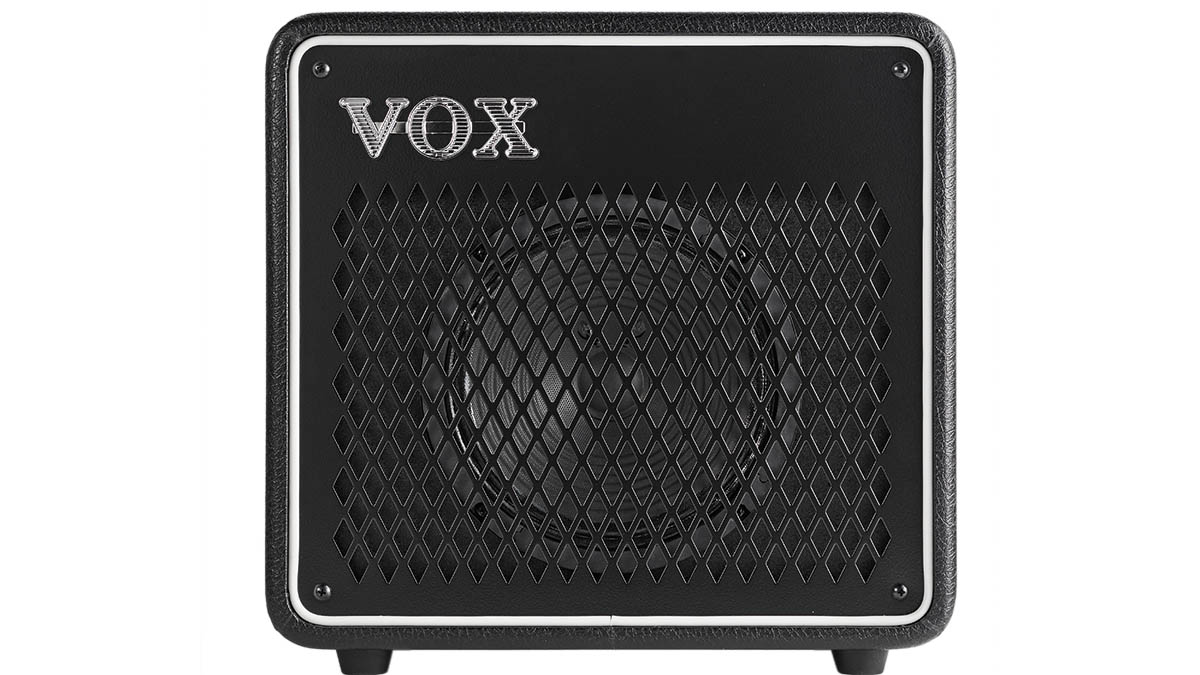
- ORIGIN: Vietnam
- TYPE: Digital modelling preamp with solid-state power stage
- OUTPUT: 50W RMS into 4 ohms, switchable to 5W or 0.5W
- VALVES: None
- DIMENSIONS: 390 (w) x 250 (d) x 358mm (h)
- WEIGHT (kg/lb): 7/16
- CABINET: Particle board
- SPEAKER: 1 special-design 8”
- CHANNELS: 11 amp models, 8 effects, 33 rhythm patterns, separate mic input with Trim and FX Send
- CONTROLS: Amp selector, gain, treble bass volume. Microphone Trim and Send level controls. Program store/recall button. Effects select/edit x2, effects tap tempo. Rhythm genre selector, variation select button, tempo button, start/stop button, level control. Looper level control, record/play dub button
- FOOTSWITCH: 3-button VFS3 footswitch (optional) can be assigned to 14 different functions
- ADDITIONAL FEATURES: Aux in, headphones output, tuner function, auto power off, tilt-back feet, can be powered by mobile batteries via USB-C input on rear
- OPTIONS: VFS3 3-button programmable footswitch is £59
- RANGE OPTIONS: Mini Go 10 (£199) has a single 6.5” speaker; the smaller Mini Go 3 (£149) has a 5” speaker
- CONTACT: Vox Amplification
MusicRadar is the number one website for music-makers of all kinds, be they guitarists, drummers, keyboard players, DJs or producers...
- GEAR: We help musicians find the best gear with top-ranking gear round-ups and high-quality, authoritative reviews by a wide team of highly experienced experts.
- TIPS: We also provide tuition, from bite-sized tips to advanced work-outs and guidance from recognised musicians and stars.
- STARS: We talk to musicians and stars about their creative processes, and the nuts and bolts of their gear and technique. We give fans an insight into the craft of music-making that no other music website can.
“I feel like that song had everything we needed to come back with”: Bring Me The Horizon’s Lee Malia on Shadow Moses, its riff and the secrets behind its tone, and why it was the right anthem at the right time
“I said, ‘Are we sure we can write a song about death?’”: The story of Mike + The Mechanics' classic No.1 The Living Years
“Without investment in music education our talent pipeline is at risk of drying up along with the huge opportunities for economic growth it brings”: UK Music draws up five point plan to “turbocharge” music education
